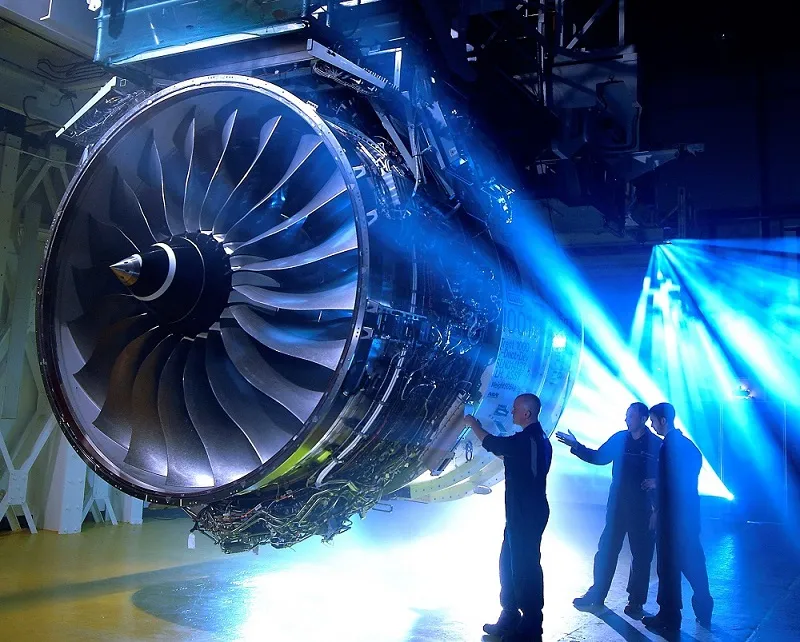
Dreamliner engine problems prompt refueling stops
Apr 23, 2018

The Boeing Dreamliner has faced issues with its engines that have led to increased refueling stops during flights. These problems, primarily related to the engines' performance and reliability, have prompted airlines to adjust their flight plans, often opting for shorter routes to ensure safety and efficiency. As a result, passengers may experience longer travel times and potential delays. The situation has raised concerns among airline operators and regulators, emphasizing the need for thorough inspections and maintenance to address the underlying issues and restore confidence in the aircraft's operational capabilities.
Introduction to Dreamliner Engine Issues
The Boeing Dreamliner, known for its fuel efficiency and advanced technology, has faced challenges with its engines, leading to refueling stops that disrupt flight schedules. These engine problems have raised concerns among airlines and passengers alike, prompting discussions about safety, reliability, and operational efficiency. Understanding these issues is crucial for stakeholders involved in the aviation industry.
Overview of Dreamliner Engine Types
The Boeing Dreamliner series, particularly the 787-8 and 787-9 models, utilizes two main types of engines: the Rolls-Royce Trent 1000 and the General Electric GEnx. Both engines are designed to deliver high performance and fuel efficiency, but they have encountered specific challenges over time.
| Engine Model | Manufacturer | Key Features | Problems Encountered |
|---|---|---|---|
| Trent 1000 | Rolls-Royce | Advanced aerodynamics, lightweight materials | Durability issues, maintenance requirements |
| GEnx | General Electric | High bypass ratio, fuel-efficient design | Fuel control malfunctions, overheating |
Causes of Engine Problems
Several factors contribute to the engine problems faced by the Dreamliner fleet. Some of the primary causes include:
- Material Fatigue: Certain components in the engines have shown signs of wear and tear earlier than expected, necessitating inspections and replacements.
- Design Flaws: Initial design issues in the engines have resulted in operational challenges, prompting ongoing modifications and updates.
- Supply Chain Issues: Delays and shortages in parts can hinder timely repairs and maintenance, leading to extended ground times.
Impact on Airlines and Passengers
The engine problems have significant implications for airlines operating the Dreamliner. The need for unexpected refueling stops can lead to:
- Increased Operational Costs: Airlines must account for additional fuel expenses and potential compensation for passengers due to delays.
- Reduced Flight Availability: Airlines may have to adjust schedules or ground aircraft to address engine issues, reducing overall capacity.
- Passenger Dissatisfaction: Frequent refueling stops can frustrate travelers, affecting the airline's reputation and customer loyalty.
Recent Developments and Solutions
In response to the ongoing engine problems, both Boeing and the engine manufacturers have implemented several measures to mitigate risks and enhance reliability:
- Enhanced Maintenance Protocols: Airlines are encouraged to adopt more stringent maintenance schedules to monitor engine health closely.
- Component Upgrades: Manufacturers have released updated components to address specific issues and improve durability.
- Training Programs: Enhanced training for airline technicians on engine maintenance can help identify problems earlier and reduce downtime.
The Future of the Dreamliner
Despite the challenges, the Dreamliner remains a popular choice among airlines due to its fuel efficiency and passenger comfort. Continued collaboration between Boeing and engine manufacturers is essential to resolve these issues effectively. Future innovations and improvements are expected to enhance the overall performance of the Dreamliner fleet.
Conclusion
Engine problems in the Dreamliner series have prompted refueling stops that impact airline operations and passenger experiences. By understanding the causes and effects of these issues, stakeholders can work towards solutions that enhance safety and reliability in the aviation industry. As improvements are made, the Dreamliner will likely continue to play a vital role in modern air travel.
Related Articles

Explore Thailand: The Best Islands to Visit for Paradise, Adventure, and Relaxation

The Ultimate Guide to the Best Islands in Thailand for Your Next Getaway

Do babies need passports? How to get a passport for a newborn

How to get a U.S. passport fast: here’s how to expedite the process

What is Mobile Passport Control: 5 reasons why you should use it

SENTRI vs. Global Entry: A detailed guide

Do you need a passport to go to the Bahamas? Let’s find out

Do you need a passport to go to Mexico? A detailed guide

Do you need a passport to go to Canada? We got the answer

Do You Need a Passport for a Cruise: An Essential Travel Guide

Booster Seat Requirements: All the Rules to Follow in Your Rental Car

What Are the World’s Most Powerful Passports, and How Does Yours Rank?

How to Take a Passport Photo at Home: A Helpful Guide

You've got to have heart! Southwest's new livery

Your opinion: Should water be free on low cost carriers?

Young women bolder than guys as solo travellers
